The Fort Pierce Indian Reservation: A Legacy of Resilience and Tradition
The Fort Pierce Indian Reservation: A Legacy of Resilience and Tradition
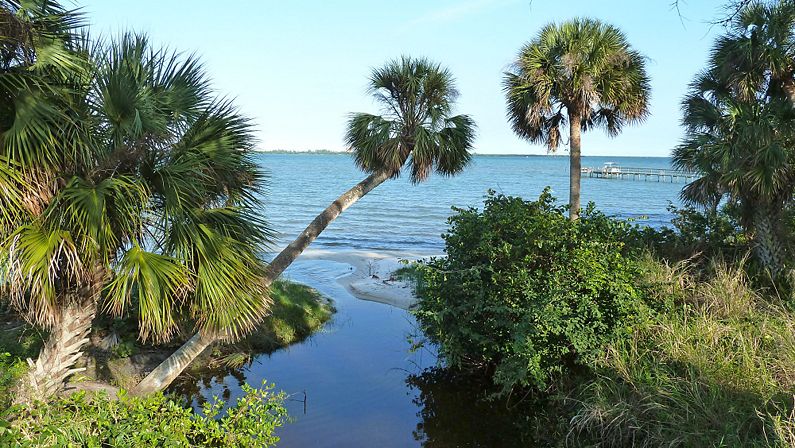
The Florida sunshine bathes the landscape in a golden glow, but beneath the surface, a rich tapestry of history and culture thrives. This is the Fort Pierce Indian Reservation, a testament to the resilience of the indigenous people who have called this land home for centuries. While the reservation itself is small, its story is vast, spanning generations of struggle, adaptation, and a tenacious spirit that continues to resonate today.
A History Woven in Time:
Related Articles: The Fort Pierce Indian Reservation: A Legacy of Resilience and Tradition
- Unveiling the Vital Role of Indian Reservation Hospitals in New Mexico: A Promise of Health, Healing, and Cultural Preservation
- Unveiling the Crow Indian Reservation Montana: A Map to Discoveries
- Unveil the Tapestry of Native American Heritage: Discover the Indian Tribes of New York
- Uncover the Enduring Legacy: Discover the Number of Indian Reservations Left in the US
- Unveiling Healthcare Truths: Indian Reservations and Hospitals Unveiled
The Fort Pierce Indian Reservation wasn’t always a defined space. It was born out of necessity, a response to the changing tides of American history. The indigenous people who inhabited this area, primarily the Ais and Seminole tribes, were the original stewards of this land. They lived in harmony with nature, their lives intricately connected to the rhythms of the land and the waters that surrounded them. But the arrival of European settlers brought a wave of disruption, leading to displacement, disease, and a struggle for survival.
The Seminole Wars, a series of bloody conflicts between the Seminole people and the United States government, further fragmented their lands. The reservation, established in 1857, was a meager offering, a tiny plot of land compared to the vast territory they once claimed. It was a compromise, a way to contain the Seminoles and control their movements. But the Seminole people, known for their tenacity and independence, refused to be confined. They continued to fight for their rights, their land, and their way of life.
A Life on the Reservation:
Life on the Fort Pierce Indian Reservation wasn’t easy. The land, while fertile, was limited, and the harsh Florida climate posed its own challenges. The people adapted, relying on their traditional skills in fishing, hunting, and farming to sustain themselves. They built their homes, raised their families, and passed down their traditions, ensuring their cultural heritage would endure.
The reservation became a microcosm of Seminole life, a place where they could preserve their language, their stories, and their customs. The Seminole people, known for their artistic talent, expressed their creativity through beadwork, basket weaving, and intricate carvings. These crafts, passed down through generations, became a source of pride and a symbol of their resilience.
The Spirit of Resilience:
Despite the challenges, the Fort Pierce Indian Reservation became a beacon of hope, a place where the Seminole people could rebuild and reclaim their lives. They established schools, healthcare facilities, and community centers, fostering a sense of unity and purpose. They fought for recognition and self-determination, challenging the injustices they faced and demanding a voice in their own future.
The Fort Pierce Indian Reservation Today:
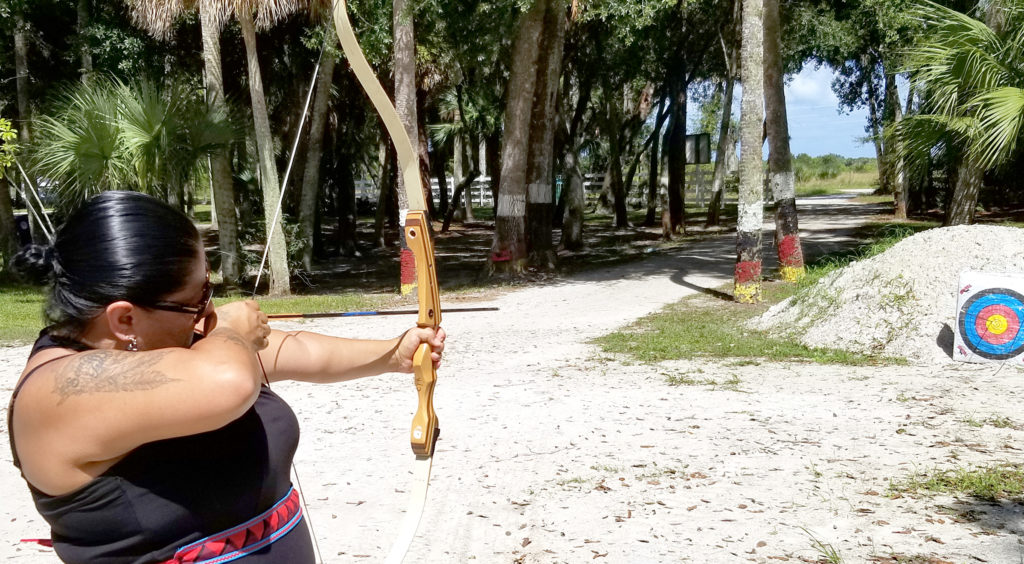
Today, the Fort Pierce Indian Reservation stands as a testament to the enduring spirit of the Seminole people. It is a place where tradition and modernity coexist, where the ancient ways blend with the realities of the 21st century. The reservation is a vibrant community, home to a diverse population of Seminole descendants, who continue to honor their heritage and strive for a better future.
The Seminole people have faced countless obstacles, but they have never broken. They have shown the world the strength of their traditions, the power of their resilience, and the importance of preserving their culture. The Fort Pierce Indian Reservation is more than just a piece of land; it is a symbol of hope, a reminder that even in the face of adversity, the spirit of a people can endure.
Beyond the Reservation:
The Fort Pierce Indian Reservation is a microcosm of the Seminole experience, but their story extends far beyond its borders. The Seminole Tribe of Florida, the largest federally recognized tribe in the state, has a rich history and a vibrant present. They have established successful businesses, including casinos, hotels, and cultural centers, contributing significantly to the Florida economy. They have also been active in advocating for Native American rights and promoting cultural awareness.
The Seminole Tribe of Florida is a powerful force, a testament to the strength and determination of the indigenous people who have called this land home for centuries. They are a beacon of hope, a reminder that the legacy of the past can inspire a brighter future.
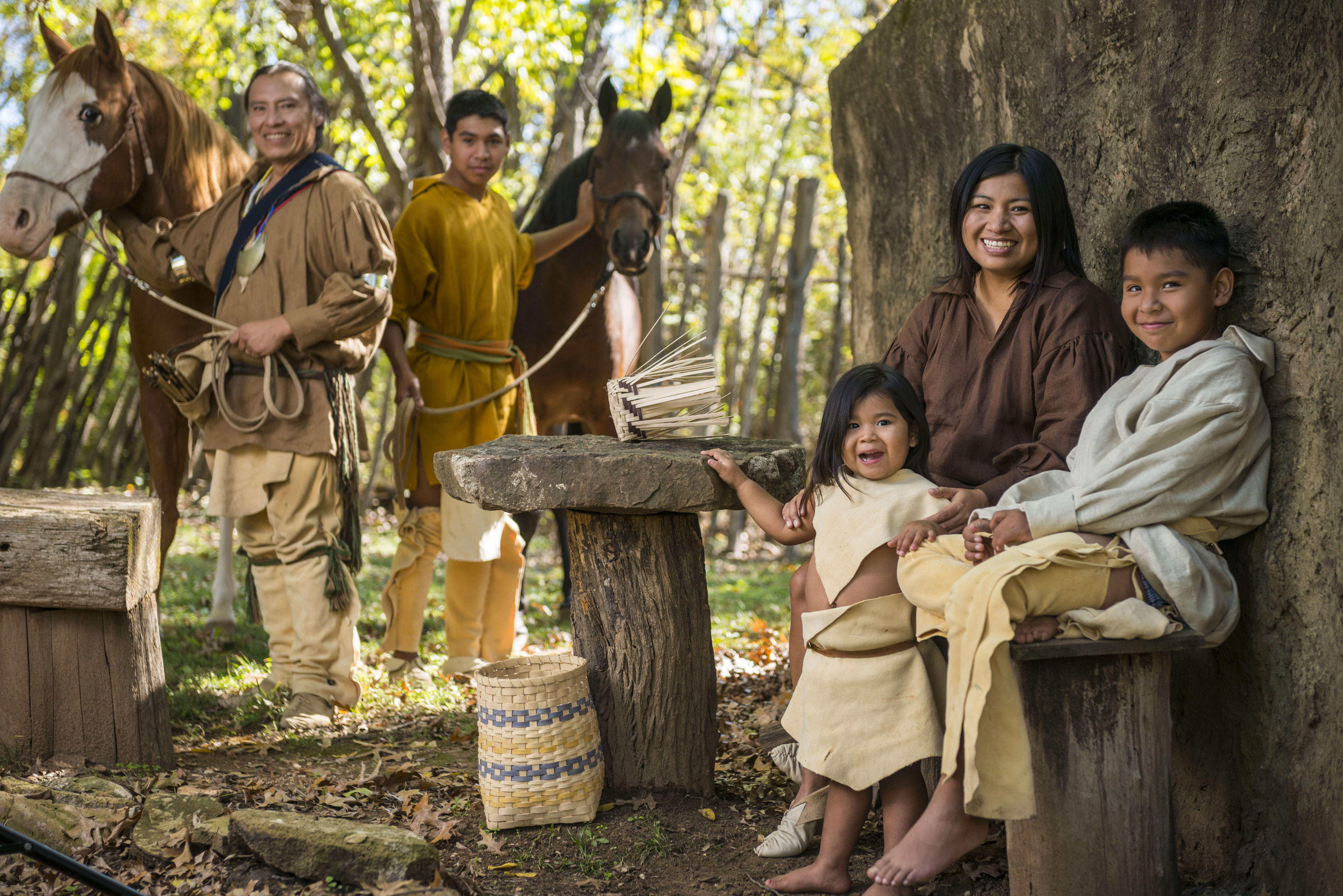
FAQs about the Fort Pierce Indian Reservation:
Q: Is the Fort Pierce Indian Reservation open to the public?
A: The Fort Pierce Indian Reservation is primarily a private community, and access may be restricted. However, there are opportunities for visitors to learn about the Seminole culture through the various cultural centers and events organized by the Seminole Tribe of Florida.
Q: What are some of the traditional activities of the Seminole people?
A: The Seminole people are known for their traditional crafts, including beadwork, basket weaving, and carving. They also practice traditional fishing, hunting, and farming techniques.
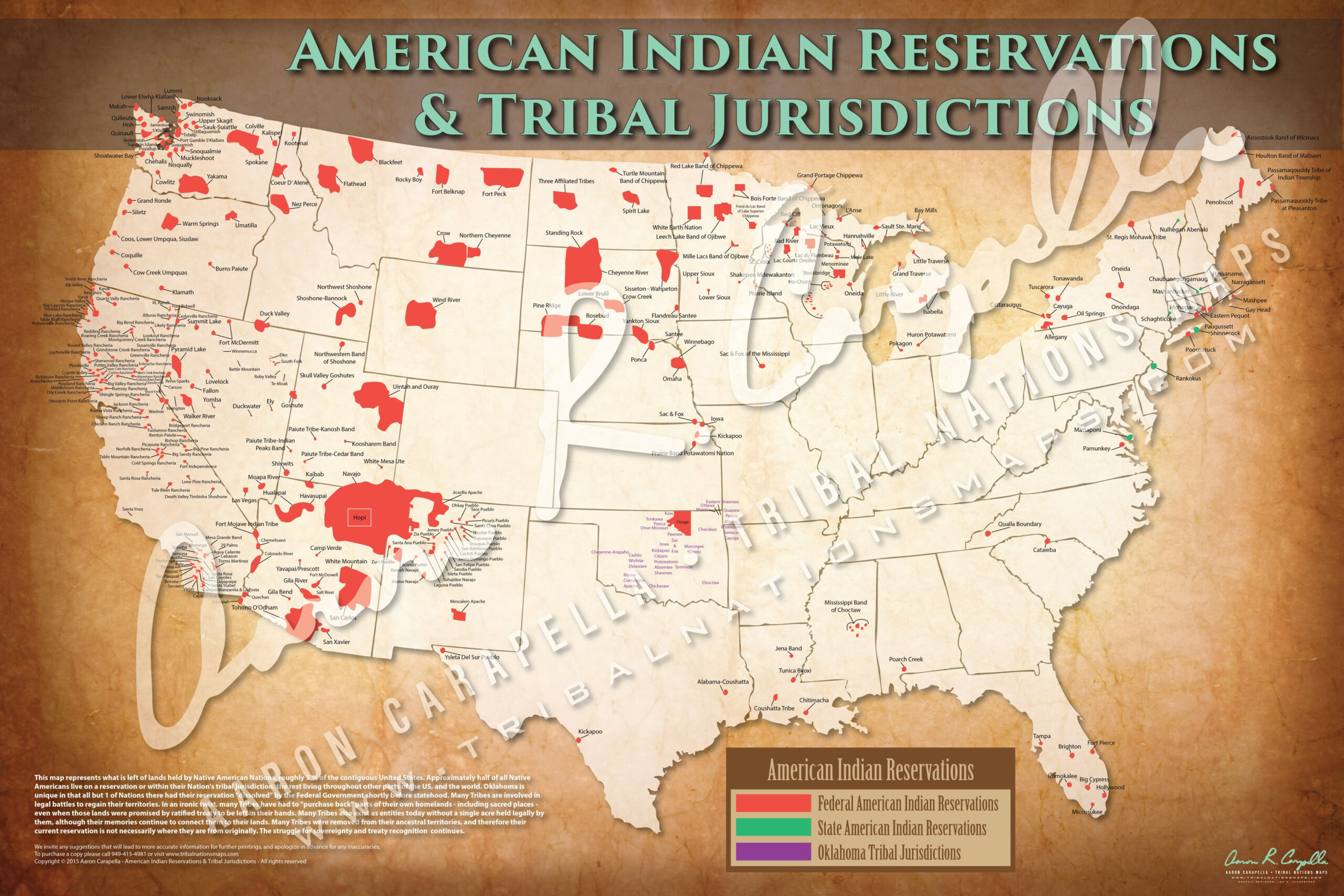
Q: How can I learn more about the Seminole Tribe of Florida?
A: You can visit the Seminole Tribe of Florida website, which provides information about their history, culture, and current initiatives. You can also visit their cultural centers and attend their events to learn more firsthand.
Q: What is the significance of the Fort Pierce Indian Reservation?
A: The Fort Pierce Indian Reservation is a symbol of resilience and a testament to the enduring spirit of the Seminole people. It is a place where they have preserved their traditions and fought for their rights.
Q: What are some of the challenges faced by the Fort Pierce Indian Reservation?
A: The Fort Pierce Indian Reservation, like many other Native American reservations, faces challenges related to poverty, lack of access to healthcare, and limited economic opportunities.
Q: What is being done to address these challenges?
A: The Seminole Tribe of Florida is working to address these challenges through various initiatives, including economic development projects, education programs, and healthcare services. They are also advocating for federal policies that support Native American communities.
The Fort Pierce Indian Reservation and the Seminole Tribe of Florida are examples of resilience, cultural preservation, and a commitment to self-determination. Their story is a powerful reminder of the importance of recognizing and celebrating the diversity of our nation’s heritage. By learning about their history and culture, we can foster a greater understanding and appreciation for the rich tapestry of American history.
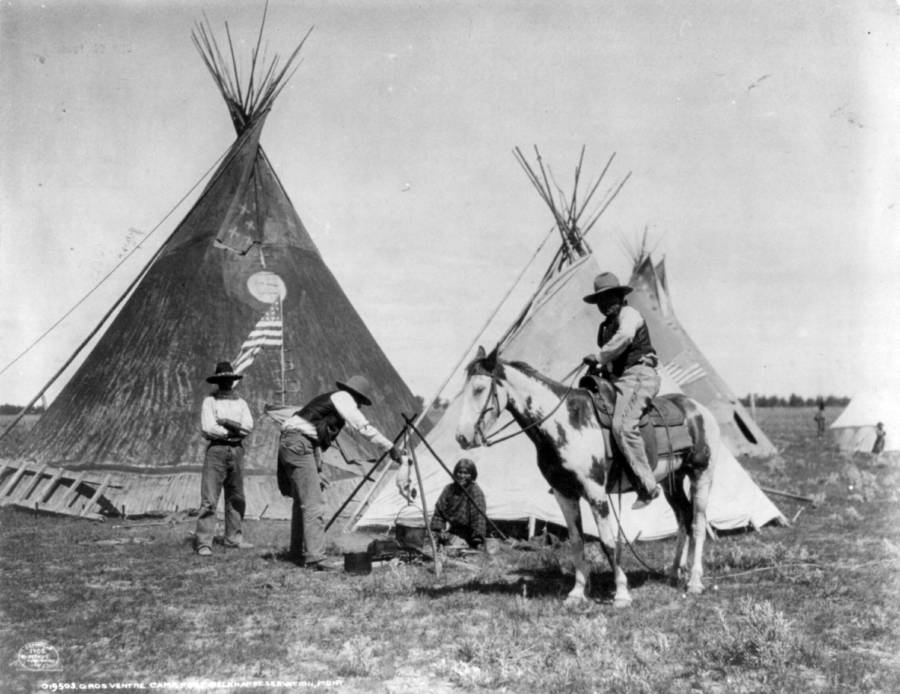
Closure
Thus, we hope this article has provided valuable insights into The Fort Pierce Indian Reservation: A Legacy of Resilience and Tradition. We hope you find this article informative and beneficial. See you in our next article!


